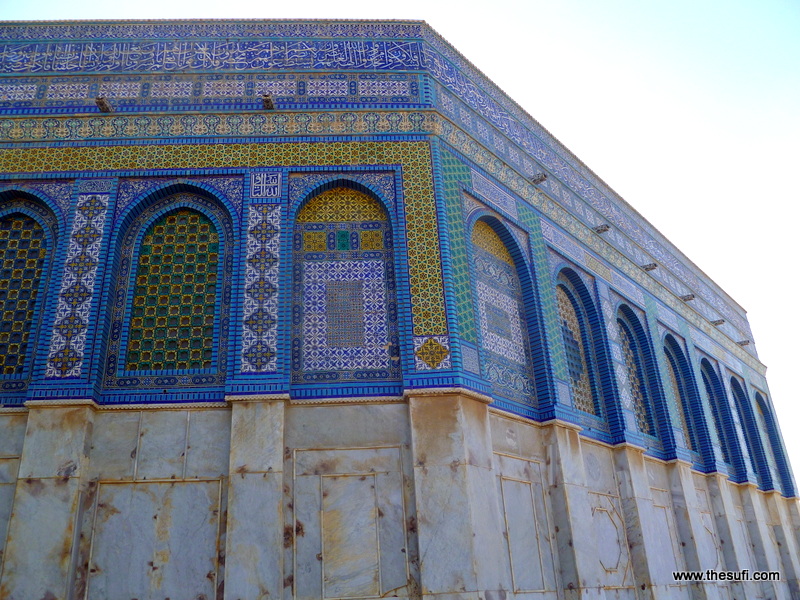Islamic Architecture
The Islamic Architecture
The architecture of the Islamic world throughout history was strengthened by its spiritual foundation, the Qur’an.
Urban areas in Islamic cities evolved over long periods of time with generations of craftsmen whose experience added variety to the environment.
The traditional Islamic city linked the architecture of Madrassa (Islamic schools), the Souq (market place), the Palace and the Residence together with the Mosque at the centre.
The mosques and palaces became with time more elaborate “in decoration and design, with great leaps in architecture; from the concepts of the dome which allowed a large open prayer area, to the inscriptions in the masjids, glorifying Allah.”
One common theme is the general absence of human and animal form in architecture. You will find the beautification and patterns instead, which focus on the word, text and script, praising Allah through the use of calligraphy.
A typical Islamic house would have certain features; such as hidden courtyards to protect the family life from people outside and the harsh environment. You would find the outside of the house very plain with the concentration on the inside of the house. Over time, the house would be extended to accommodate the needs of a growing family, often with separate houses being built within one compound for the extended family.




